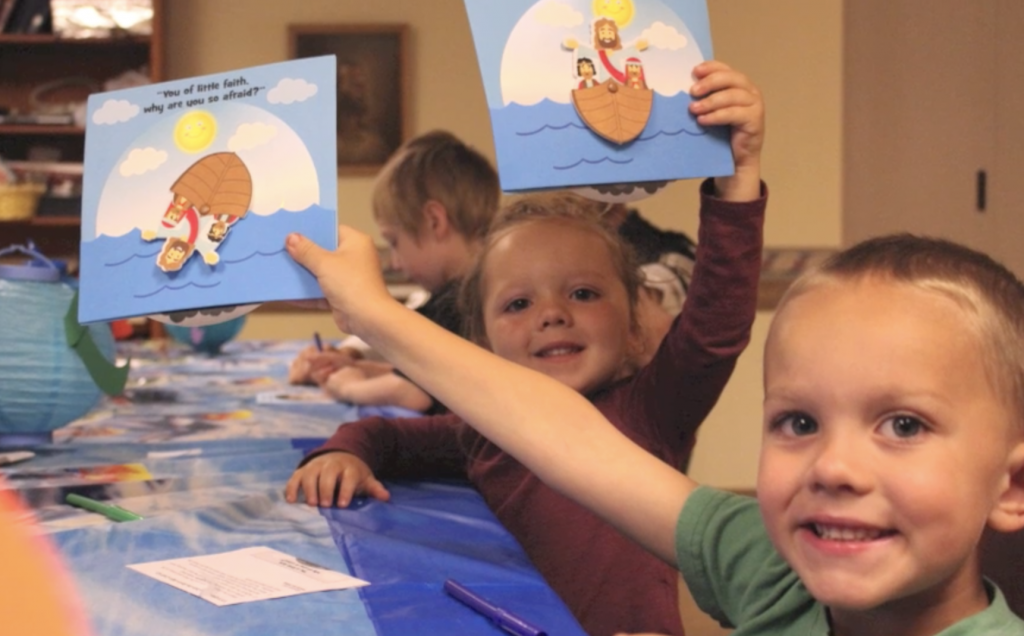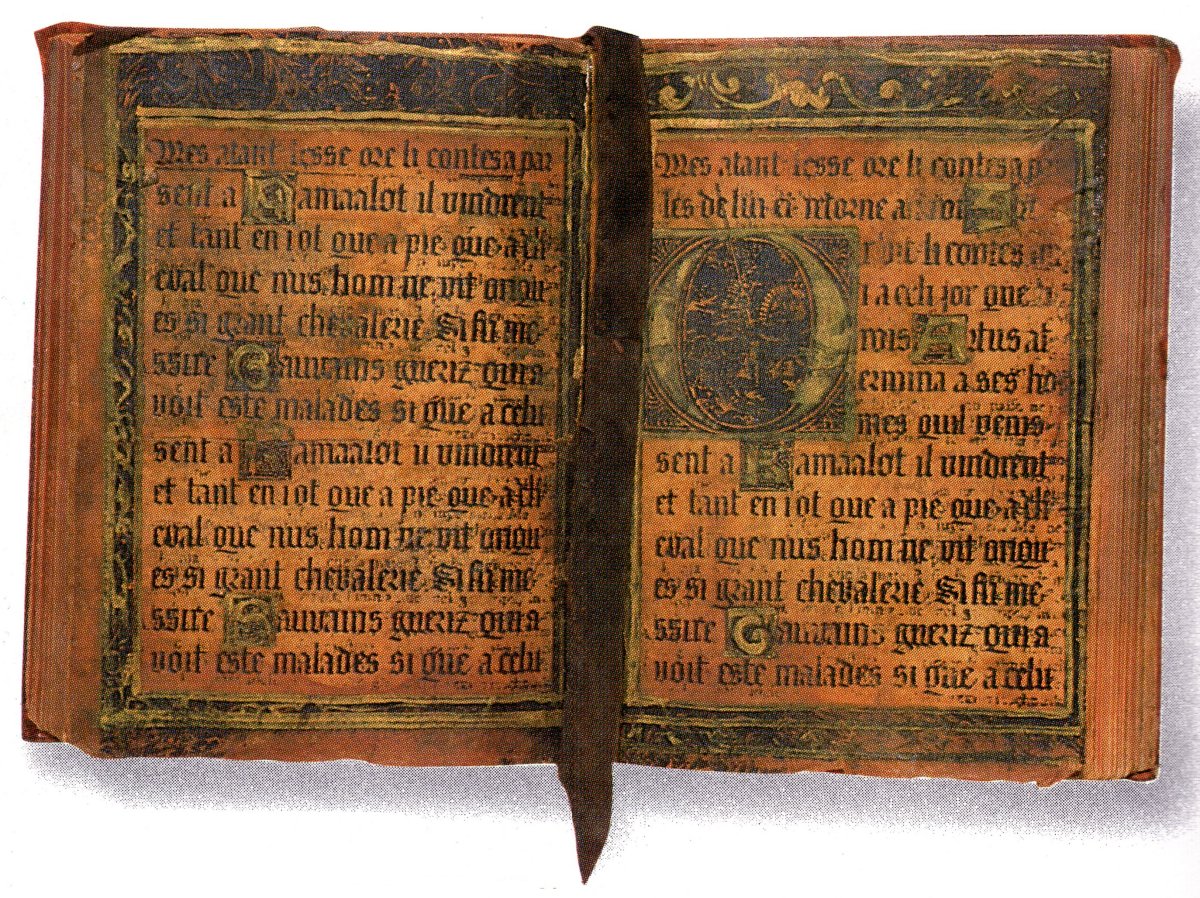
The Spanish Crown knighted Robert Marx for reiterating the voyage of Columbus, including the detailed costumes alongside 15 th century technology. Most interestingly of all, he even helped in discovering the bones of Christopher Columbus himself in a cathedral in Spain. If that was not enough, he has also uncovered two of Columbus's ships on the seabed of the Caribbean.

The man from Florida had around 2,000 excavations on land and water to his credit. Robert Marx provides a lot of credibility in the story of ancient Roman ruins in the Guanabara Bay. Guanabara Bay (eutrophication&hypoxia / CC BY 2.0 ) In addition, Marx also found some pieces of amphorae attached to coral and rock formations. Marx had stated that he dug one meter (3 ft) deep in the mud with his hands to uncover pieces of amphorae. After many exploratory dives, Robert Marx established that the ruins were from an ancient shipwreck, with apparently Roman features. Interestingly, Robert Marx also linked the discovery to an ancient shipwreck for establishing historical accuracy.įour decades later, the discovery by Robert Marx continues to be a significant discovery in the domain of underwater archaeology. The work of Robert Marx along with three other partners in the Brazilian agency, Fenicia Pesquisas Arqueologicas, helped in bringing out a massive count of underwater relics to public recognition. Marx was able to silence critics with his discovery by proving people wrong who believed that the discovery was a hoax. A maritime archaeologist by profession, Robert F. The man behind the discovery of Roman ruins in the Guanabara Bay, Robert Marx, has quite an interesting story. These jars or amphorae served as useful in carrying essential commodities such as water, grain, wine, or oil during sea voyages. The jars were known as amphorae and were primarily used by ancient Greeks, Phoenicians, and Romans. Controversial Yonaguni Monument of Japan.Did a Lost Roman Legion Wind Up in Liqian, Northwestern China?.The jars turned out to be made of ceramic material and were tall and tapered in shape. Within a short period of time, a diver by the name of Jose Roberto Teixeira actually brought evidence of the same by producing two jars. The spot first received attention in 1976, with lobster divers suggesting reports of ancient jars covered in barnacles at the bottom of the bay. Roman Amphorae ( Salvatore / Adobe Stock) At the same time, their discovery also creates many doubts regarding historical accuracy. There appear on the seabed relics of ancient Rome distributed throughout the area, clearly far away from home. Around 15 miles from the shore, located in 100 feet of water and covering a space spanning almost three tennis courts, you can find a strange detail. It is renowned for being the second largest bay in Brazil. Guanabara Bay lies in the southeast region of Brazil off the coast of Rio de Janeiro, on Brazil’s Atlantic coast. These details are clearly reflective of a lot of mystery surrounding who arrived first in Brazil: The Romans or the Portuguese. Interestingly, Robert Marx also claimed that Brazilian authorities served many roadblocks in his initiatives to obtain permits for excavating the site. The estimated time when Pedro arrived in Brazil is the year 1500. In most of the cases, Portuguese navigator Pedro Alvares Cabral is known for being the first European to discover Brazil.

Pedro Alvares Cabral (George Mathias Heaton (1804 – after 1855) and Eduard Rensburg (1817–1898) / Public Domain )

The archaeologist Robert Marx discovered the ruins, adding another laurel to his long list of achievements in unearthing treasures from the depths of the seas. Amphorae are tall jars and were frequently carried in Roman ships around the second century BC. The discovery of the ancient Roman artifacts comes in the form of a large collection of amphorae. The discovery of ancient Roman ruins in Guanabara Bay, situated roughly around 15 miles from the coast of Rio de Janeiro, creates a bit of a puzzle. After all, one of the most famous explorers in history might not have been quite the early bird we thought he was. However, a discovery made in 1982 in Brazil appears to paint a completely different story. Christopher Columbus and his earliest exploits are some of the notable adventures which have been etched in our minds.

There are many pieces of historical evidence that have a special place in every person's memory.


 0 kommentar(er)
0 kommentar(er)
